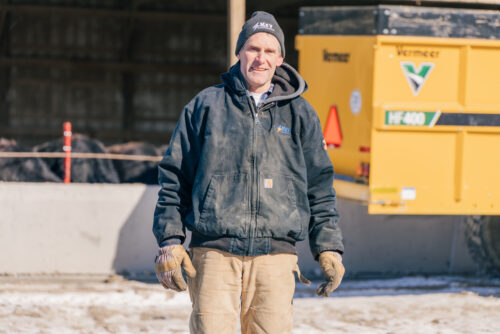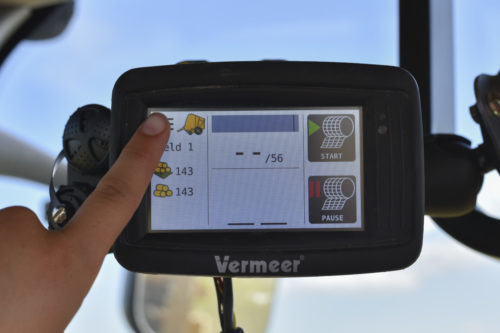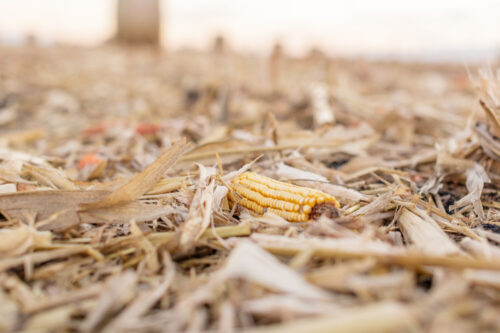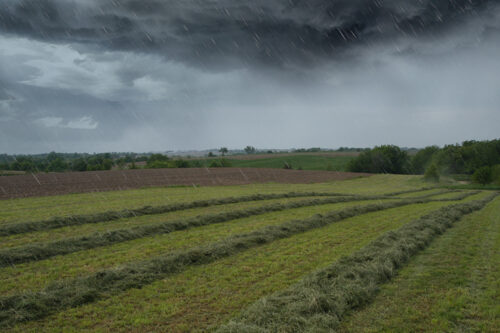
Utilizing quality hay to keep condition on cows
July 2020
Explore how to make quality hay to keep condition on cows.
From the dry, rugged terrain of the West to the humid, lush climate of the East, there are many obvious differences. Life looks different. Beef cattle look different. And the agricultural production systems to sustain beef cattle certainly look different. Even so, some things do remain the same — a desire from farmers and ranchers to produce the highest quality hay to keep condition on their cows within their respective climates.
While some ranchers elect to purchase hay, others are moving toward utilizing their own land to produce hay for their cowherd. For those making their own hay, some considerations regarding equipment and environment need addressed prior to a bumper crop of high-quality hay.
“Those two goals actually fight each other a little bit,” said Josh Vrieze, forage product manager at Vermeer. “You’re going to have the highest quality and the most nutrients within hay at an earlier stage in the growing process versus maximizing the quantity as you would let it grow.”
Vrieze dedicates a portion of his career to helping producers find the balance. For him, it is critical cattlemen start with their goals and resources before making any decisions regarding their land and hay production. Vrieze encourages producers to seek help in questioning themselves about what other byproducts are accessible to mix in, the storage space available, and the nutrient requirement for their cowherd — especially in harsher climates.
"Taking a soil sample and working with a local agronomist to decide what fertilizer they may or may not need is a good first step"“Taking a soil sample and working with a local agronomist to decide what fertilizer they may or may not need is a good first step,” he advised.
The equipment to put up hay is a large investment. Recognizing what is necessary versus what makes life easier is critical. Vrieze points to a few nonnegotiable pieces of equipment for baling hay including a mower or mower conditioner, a rake, a baler and a tedder in some regions. If a producer aims to put up silage, Vrieze also notes a bale wrapper is necessary. As far as feeding the hay, a TMR mixer could also come in handy — namely when mixing a variety of hay with other supplements.
“Rather than putting up good quality hay all the time, if I’ve got some of poorer quality, I now have the opportunity to mix that with some better quality forage and get the cows to eat all of it,” he shared of the TMR mixer.
At the same time, all the equipment in the world is for naught if nutrition of the forage itself is not considered. Megan Van Emon, Ph.D., extension beef cattle specialist at Montana State University, said time in gestation, condition of the cattle and the environment are huge factors in selecting the appropriate forage to maintain condition on the cowherd.
"We can mix low-quality hay with high-quality hay and create a good optimum blend for their specific needs."“As an example, when I think of one hundred percent alfalfa, that’s going to be very high-quality hay, and a lot of times, our beef cattle don’t actually require that high of quality,” she explained. “We can mix low-quality hay with high-quality hay and create a good optimum blend for their specific needs.”
Another option for producers is to lightly graze cattle on their forage in the spring, when it is growing, before pulling cattle off to bale it. Ultimately, Van Emon stressed the importance of knowing the goal for the forage in question and seeking assistance in reaching those goals.
“One of the things farmers and ranchers can do is contact their local extension agent, no matter what state they’re in, and they can really help determine which varieties would be best for that area,” she noted.
Beyond producing the hay, she recommended considering storage to maintain the integrity of the hay as well. While not possible in all conditions, she advises producers to bale the hay as tightly as possible with quality netwrap and keep it in the driest accessible place. The same also applies to producers who purchase their hay, along with some other criteria.
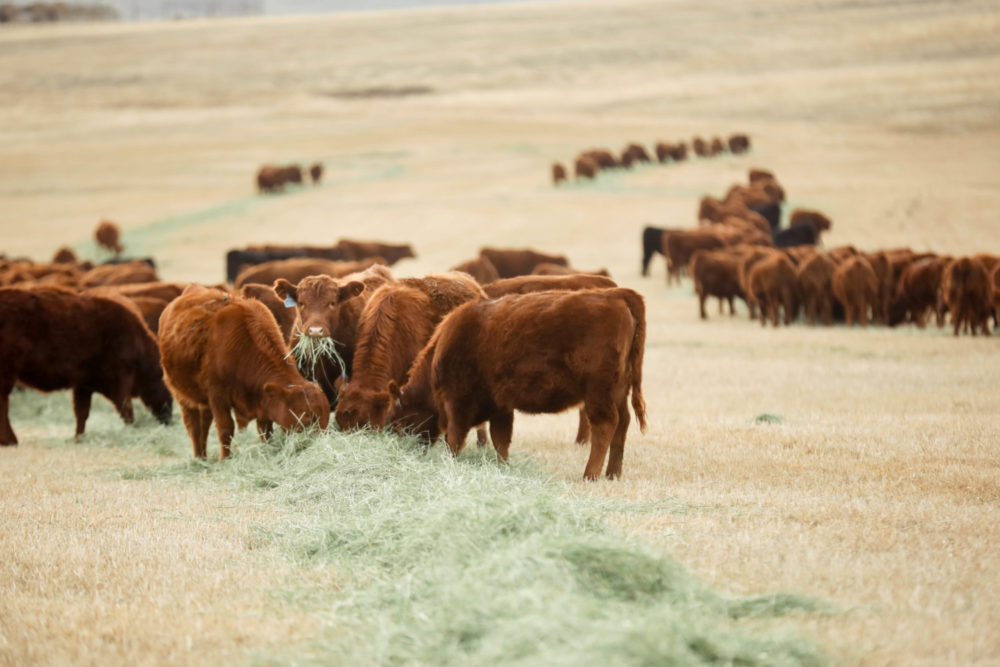
As Van Emon advised, producers purchasing hay should always ask for a lab analysis of the hay they are purchasing. This practice has served Nebraska commercial cattleman Luke Kovarik well in his production system. For Kovarik, putting up his own hay does not work economically but getting his hands on high-quality hay is no less imperative.
“When purchasing hay, it is definitely worth having it tested,” Kovarik recommended. “Even if you pay for the test. Look at dry matter and TDN [total digestible nutrients]. These numbers will easily help you determine which is a better purchase.”
For him, there are three big areas to look at when purchasing hay from a reputable provider — dry matter, TDN and netwrap versus twine. Together, dry matter and TDN provide him a solid estimate on the amount of hay versus water he is buying and the hay quality from a digestibility standpoint.
"A vertical mix wagon is the best investment we have made. It allows us to easily feed for high-forage diets. We also have the option of blending low-quality forage with byproducts that results in an affordable TMR."From a storage and economic perspective, netwrap is a must. “There is less shrink if I store it,” he noted. “There is also less hay lost in transport.” An additional component Kovarik employed from an economic perspective is a TMR mixer. Like Vrieze eluded to, the investment pays dividends in some production systems simply in its ability to save labor and stretch the nutrients further.
“A vertical mix wagon is the best investment we have made,” Kovarik shared. “It allows us to easily feed for high-forage diets. We also have the option of blending low-quality forage with byproducts that results in an affordable TMR.”
At the end of the day, making or purchasing quality hay is doable for any operation. Seeking mentors to aid in the process and doing research will only make the process more successful.
For assistance in equipment, reach out to your local Vermeer dealer.
***
This article was written by Kayla Jennings for Makin’ Hay.
Vermeer Corporation reserves the right to make changes in engineering, design and specifications; add improvements; or discontinue manufacturing at any time without notice or obligation.
Vermeer and the Vermeer logo are trademarks of Vermeer Manufacturing Company in the U.S. and/or other countries.
Information noted above was gathered from a third party who was advised his/her experience might be featured in marketing materials. This article contains third-party observations, advice or experiences that do not necessarily reflect the opinions of Vermeer Corporation, its affiliates or its dealers. Individual results may vary based on care and operation of machine and crop and field conditions, which may adversely affect performance.


